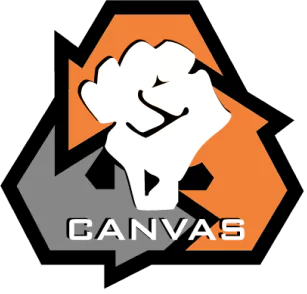Dec 5, 1955-1956
United States of America
Montgomery Bus Boycott
Share
ACTIVISTS/ACT.GROUPS/DESCRIPTION OF THE GROUP
Rosa Parks, Montgomery Improvement Association, Women's Political Council
TARGET
Segregation norms in the Public Transportation System
WIDELY HELD BELIEF
Segregation of seats in public transport based on race should be banned.
CASE NARRATIVE
Issue and opponent: Following the arrest of Rosa Parks on December 1, 1955, the Montgomery Bus Boycott was organized. It became one of the defining moments of the Civil Rights Movement in their battle against racial discrimination. The boycott begun by the president of the Montgomery Improvement Association (M.I.A.), and the future figurehead of many black activists, Martin Luther King Jr., lasted 13 months and sought to non-violently demonstrate the solidarity of the black community in support of one of their own. Though prior attempts to mobilize were made following the arrests of Claudette Colvin on March 2, 1955, and Mary Louise Smith on October 21, 1955, it was the arrest of Rosa Parks that fully sparked the outrage against the Montgomery city transit line, as well as the demand for equal rights for black American citizens. As Martin Luther King Jr. best described the origins of the movement, “Mrs. Parks was ideal for the role assigned to her by history” because “her character was impeccable and her dedication deep-rooted,” as she was “one of the most respected characters in the Negro community.” (King, 44) Over 50,000 leaflets outlining the planned boycott of the Montgomery transit lines were passed around on December 2, 1955, and a town meeting to form the “Montgomery Improvement Association” on December 4, 1955. The protest formally began on December 5, 1955. Dilemma Action: The dilemma action taken in this case study was the boycott of all Montgomery city buses by its black community. Martin Luther King Jr., and his colleagues in the M.I.A., and its sister organization, the Women’s Political Council, organized carpools for Black citizens to travel to work as well as around the city and encouraged Black citizens to find alternative means to travel without taking the bus. It is reasonable for one to select a business based not only on its costs but also its practices, values, ethics, and moral character; in this case, the decision of the city of Montgomery to continue supporting racial discrimination on its bus lines alienated many of its Black patrons. The city could not simply arrest, detain, or harass citizens for refusing to ride its bus lines and was powerless to dismantle the Montgomery Bus Boycott without seeming excessive. The Montgomery Bus Boycott was the first of many protests that spearheaded the Civil Rights Movement and brought Martin Luther King Jr. to the forefront of the Black movement for equality. Outcome: The bus line charged with operating the city’s bus services lost on average 30,000 – 40,000 bus fares each day for the duration of the 13-month Boycott. The bus line suffered significant financial losses and was desperate to end the protest. The city adopted tactics such as harassing King and his colleagues as well as, arresting the volunteer carpool drivers for minor traffic violations and petty driving misconduct. Yet, the movement did not give in, and neither did the city’s attempts to squash the Boycott. The protest was finally concluded on November 13, 1956, after the Supreme Court struck down Alabama’s bus segregation policies, ruling them unconstitutional. After this, the Montgomery bus lines reluctantly desegregated their buses and removed restrictions against Black and White seating arrangements.
PRIMARY STRUGGLE/GOAL
NONVIOLENT TACTICS USED
DA TACTICS USED
Social boycott
CASE NARRATIVE WRITER
SUCCESS METRICS
9 / 12
(EREP) Dilemma action got replicated by other movements
(MC) Media Coverage
(MSYMP) Media coverage was sympathetic to the activists
(OR) Opponent response
(PS) Dilemma action built sympathy with the public
(PUN) Punishment favored the activists
(REFR) Dilemma action reframed the narrative of the opponent
(RF) Dilemma action reduced fear and/or apathy among the activists
(SA) Dilemma action appealed to a broad segment of the public
PART OF A LARGER CAMPAIGN
3 / 3
Activist group continued working together after the action
Encouraged more participants to join the movement
Internally replicated by the same movement
RESOURCES
Project documentation
Dilemma Actions Coding Guidebook
Case study documentation
Dilemma_Actions_Analysis_Dataset
SOURCES
Stanford University. “Stride Toward Freedom: The Montgomery Story,” The Martin Luther King, Jr. Research and Education Institute. Retrieved July 20, 2023. (https://kinginstitute.stanford.edu/encyclopedia/stride-toward-freedom-montgomery-story).
Stanford University. “Montgomery Bus Boycott,” The Martin Luther King, Jr. Research and Education Institute. Retrieved July 20, 2023. (https://kinginstitute.stanford.edu/encyclopedia/montgomery-bus-boycott).
National Park Service. “The Montgomery Bus Boycott: Selma to Montgomery National Historic Trail.” Retrieved July 20, 2023. (https://www.nps.gov/articles/montgomery-bus-boycott.htm).
Related cases
Sep 26, 2015-2015
Republic of Serbia
In 2015, the public in Belgrade, Serbia was dissatisfied with the Waterfront objectives proposed by PM Aleksander Vuvic, as they would block some of the city’s best vi...
/
Sep 1, 1999-1999
Morocco
In 1975, the Kingdom of Morocco invaded the Western Sahara. The territory was expected to gain independence from Spain when King Hassan II initiated the attack. There ...
/
Oct 18, 1938-1938
United States of America
The Cherry Tree Rebellion was a protest against the construction of the Thomas Jefferson Memorial along Washington D.C. Tidal Basin, which was to replace the beloved c...
/
Subscribe to our newsletters to get full access to all materials on our website.

